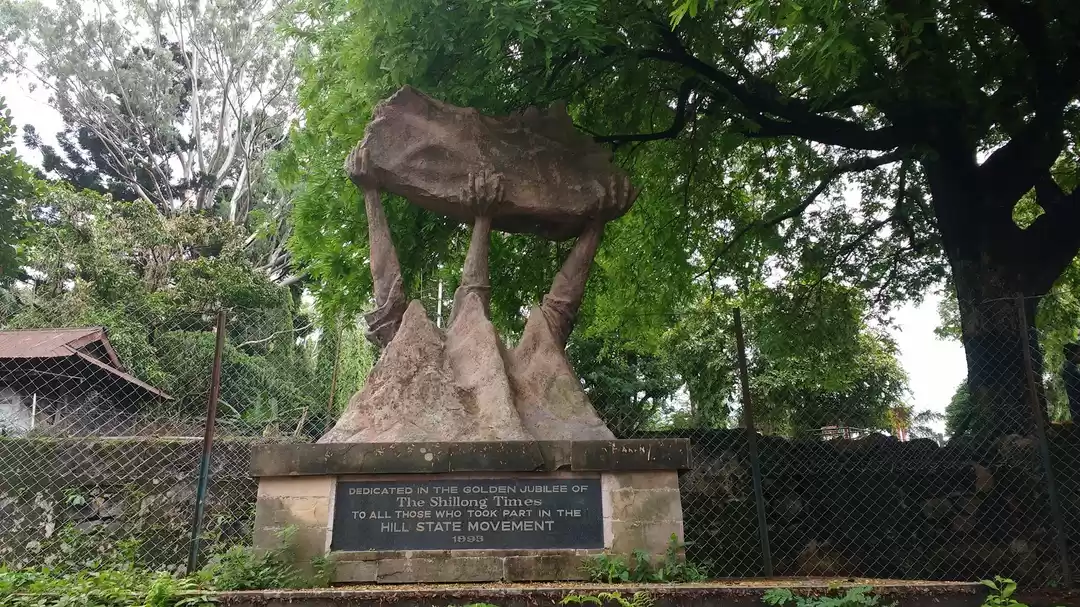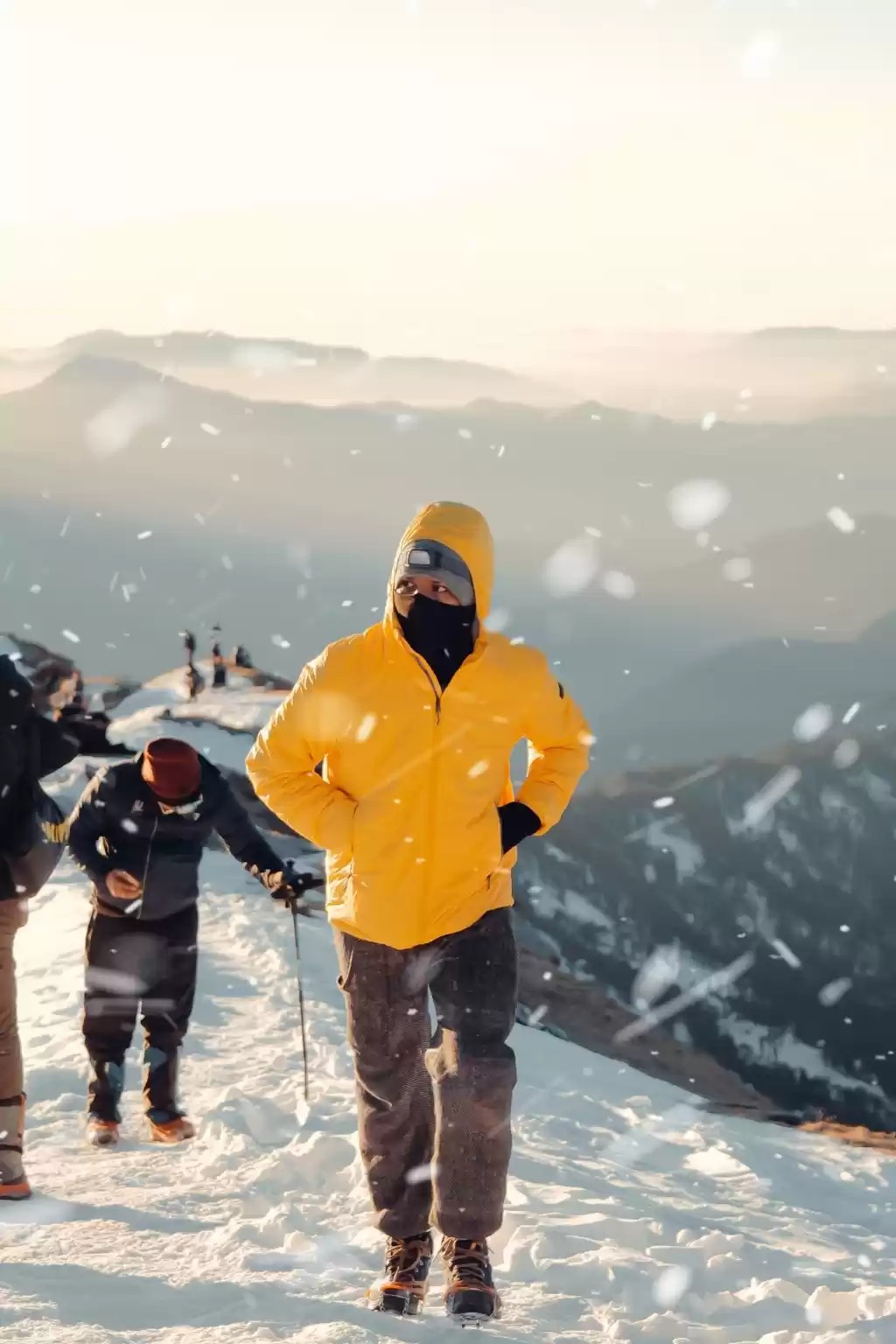Are you looking for a destination that offers you a blend of nature, adventure, culture, and cuisine? If yes, then you should consider Tura, a picturesque town located on the western part of Meghalaya, a state in Northeast India. Tura is surrounded by lush green hills, sparkling rivers, cascading waterfalls, and diverse wildlife.
Tura is the perfect destination for nature lovers, adventure seekers, and culture enthusiasts. In this article, we will explore the best places to visit in Tura, the best time to visit Tura, how to reach and travel in Tura, and what to expect from Tura’s culture and cuisine.
Best Places to Visit in Tura
Tura has a lot to offer to its visitors, from scenic peaks and valleys to mysterious caves and sanctuaries. Here are some of the best places to visit in Tura:

Tura Peak
Tura Peak is the highest point in Tura, standing at an altitude of 872 m above sea level. The peak offers a panoramic view of the town and the surrounding plains and hills. The peak is also home to a sacred forest, where you can find rare plants and animals. You can also visit the Nokrek National Park, which is adjacent to the peak and is a UNESCO Biosphere Reserve. The park is known for its endangered species such as the red panda, the Asian elephant, and the hoolock gibbon. You can also spot various birds such as the hornbill, the peacock pheasant, and the hill myna.
To reach Tura Peak, you can either trek for about 5 km from the town or take a taxi or a car. The trek is moderately difficult but rewarding, as you will pass through beautiful landscapes and villages. You can also enjoy activities such as camping, rock climbing, and rappelling at the peak.
Siju Caves
Siju Caves are one of the longest cave systems in India, stretching for over 4.5 km. The caves are located on the banks of the Simsang River and are known for their impressive stalactites and stalagmites formations. The caves are also inhabited by various bats and birds, including the rare Wroughton’s free-tailed bat. The bat is endemic to Meghalaya and is critically endangered due to habitat loss and hunting.
To explore Siju Caves, you will need a guide and a torch. The caves are dark and damp, so be prepared for some adventure. You will also need to crawl through some narrow passages and climb over some rocks. The caves are open throughout the year but are best visited during winter when the water level is low.

Balpakram National Park
Balpakram National Park is a biodiversity hotspot that covers an area of 220 sq km. The park is famous for its unique landscape features, such as deep gorges, plateaus, cliffs, and canyons. The park is also rich in flora and fauna, with over 400 species of plants and 300 species of animals. Some of the notable wildlife in the park are elephants, tigers, leopards, bison, deer, monkeys, and hornbills.
Balpakram National Park is also a sacred place for the Garo tribe, who believe that it is the abode of the dead. The park has many legends and myths associated with it, such as the story of Thalalang Rongma Rongchuak (the seven pools), where seven sisters drowned while bathing; or the story of Matchu Boldak (the canyon of death), where a giant snake swallowed an entire village.
To visit Balpakram National Park, you will need a permit from the forest department in Tura or Baghmara. You can also hire a guide who can explain the history and culture of the park. The park is open from October to May and is closed during monsoon.
Pelga Falls
Pelga Falls is a stunning waterfall that plunges from a height of 30 m into a deep pool. The waterfall is surrounded by dense forest and rocky terrain, creating a serene and scenic atmosphere. The waterfall is also a popular spot for camping, fishing, swimming, and picnicking.
To reach Pelga Falls, you can take a taxi or a car from Tura for about 7 km. You will then have to walk for about 2 km through a forest trail. The trail is easy and enjoyable, as you will see various plants and birds along the way.

Rongbang Dar Waterfall
Rongbang Dar Waterfall is another spectacular waterfall that flows from the Nokrek Range into the Simsang River. The waterfall has a height of 50 m and a width of 70 m, making it one of the largest waterfalls in Meghalaya. The waterfall is also known for its rainbow effect that occurs when sunlight hits the water droplets.
To reach Rongbang Dar Waterfall, you can take a taxi or a car from Tura for about 25 km. You will then have to walk for about 1 km through a forest trail. The trail is slightly steep but manageable, as you will be rewarded with a breathtaking view of the waterfall.
Siju Wildlife Sanctuary
Siju Wildlife Sanctuary is a protected area that covers an area of 5 sq km. The sanctuary is located near the Siju Caves and is home to various wildlife species, such as elephants, wild boars, langurs, civets, mongooses, and otters. The sanctuary is also a birdwatcher’s paradise, with over 200 species of birds recorded here.
To visit Siju Wildlife Sanctuary, you will need a permit from the forest department in Tura or Baghmara. You can also hire a guide who can help you spot the wildlife and birds. The sanctuary is open throughout the year but is best visited during winter when the animals are more active.

Naphak Lake
Naphak Lake is an artificial lake that was created by damming the Ganol River. The lake is a beautiful sight to behold, with clear blue water reflecting the green hills and white clouds. The lake is also a haven for migratory birds, such as ducks, geese, cranes, storks, and pelicans.
To reach Naphak Lake, you can take a taxi or a car from Tura for about 12 km. You will then have to walk for about 1 km through a forest trail. The trail is easy and pleasant, as you will see various flowers and butterflies along the way.
Garo Hills
Garo Hills are a range of hills that form part of the Patkai Range along the India-Bangladesh border. The hills are named after the Garo tribe, who inhabit the region and have a rich culture and tradition. The hills are also known for their scenic beauty and biodiversity, with several waterfalls, caves, forests, and wildlife sanctuaries.
To explore Garo Hills, you can take a taxi or a car from Tura to various destinations such as Baghmara, Williamnagar, Resubelpara, Dadenggre, and Chokpot. You can also visit the villages of the Garo tribe and learn about their lifestyle, customs, and beliefs.
You may also like to check out: I Visited One of India's Longest Cave Routes and Here's How It Became an Unexpected Adventure
Best Time to Visit Tura
The best time to visit Tura is from October to March when the weather is pleasant and dry. This is also the ideal time to enjoy outdoor activities such as trekking, camping, boating, and birdwatching.
However, if you want to witness the monsoon magic of Meghalaya, you can also visit Tura from June to September when the rainfall is abundant and the waterfalls are at their peak.

How to Reach and Travel in Tura
Tura can be reached by air, road or rail from various parts of India. The nearest airport to Tura is Guwahati Airport in Assam which is about 200 km away. From there you can take a taxi or bus to Tura which takes about 5 hours.
Alternatively, you can take a train to Guwahati Railway Station which is about 195 km away from Tura and then take a taxi or bus to Tura. You can also drive to Tura from Guwahati or Shillong which are about 220 km and 320 km away respectively.
The best way to travel in Tura is by hiring a local taxi or a car which are easily available in the town. You can also use public transport such as buses and autos which are cheap and convenient. However, some of the places in Tura may require a four-wheel drive vehicle or a trekking guide to access them.
What to Expect from Tura’s Culture and Cuisine
Tura is a melting pot of cultures, with influences from the Garo, Khasi, Assamese, Bengali, and Nepali communities. You can experience the rich and diverse culture of Tura by visiting the local markets, museums, festivals, and villages. Some of the cultural attractions in Tura are:

Tura Government Museum: A museum that showcases the history, art, and culture of the Garo tribe.
Wangala Festival: A harvest festival celebrated by the Garo tribe in November with music, dance, and rituals.
Doregata Dance: A traditional dance performed by the Garo women where they balance pots on their heads while dancing.
Nokpante: A traditional institution where young Garo men learn the skills and values of their society.

Tura’s cuisine is also a reflection of its cultural diversity, with dishes from various cuisines such as Garo, Khasi, Assamese, Bengali, and Nepali. You can savour the delicious and spicy food of Tura by visiting the local restaurants, street, stalls, and homestays. Some of the dishes you must try in Tura are:
Nakham Bitchi: A soup made from dried fish and chillies.
Wak Pura: A dish made from pork cooked with bamboo shoots and spices.
Jadoh: A rice dish cooked with meat and turmeric.
Pukhlein: A sweet dish made from rice flour and jaggery.
Momos: Steamed dumplings filled with meat or vegetables.
Also check out: Nongkhnum - India's very own Shire
Tura is a hidden gem in Meghalaya that offers a range of attractions and experiences for its visitors. Whether you are looking for nature, adventure, culture, or cuisine, Tura has something for everyone.
So, what are you waiting for? Book your trip to Tura with Tripoto today and discover the eco-tourism hub of Meghalaya.























